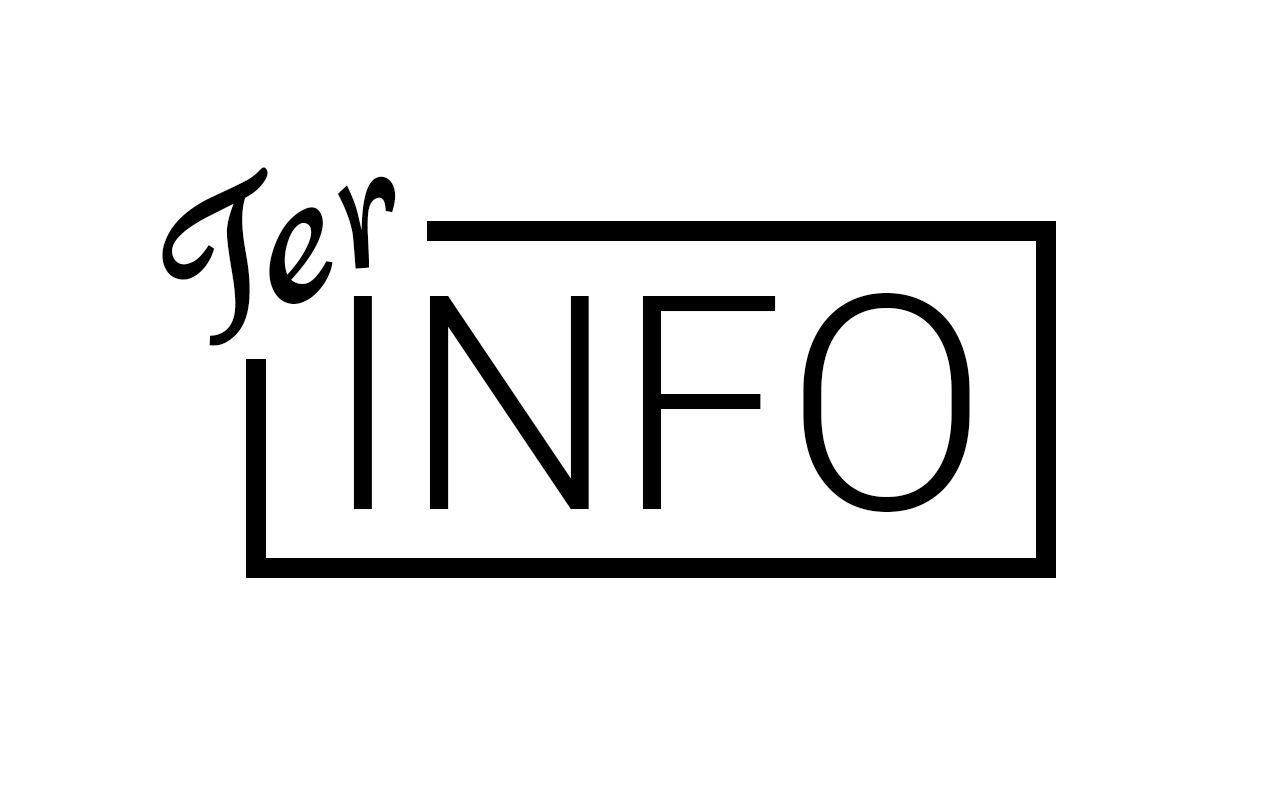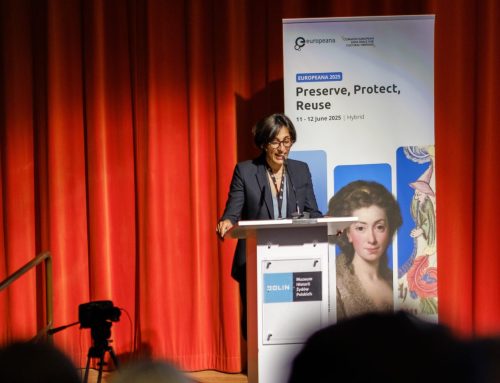When a sudden outburst of violence or a terrorist attack occurs in your country, how do you as a teacher address this as responsibly as possible in the classroom? After a shooting in Utrecht on March 18th, the Dutch educational platform TerInfo, which is an interdisciplinary group of scholars from the Utrecht University, sent out a lesson plan to every school in Utrecht. It contained do’s & don’ts to help teachers discuss the incident with their students. Perhaps most remarkable, was the speed with which TerInfo acted: within a day their lesson plan guided discussions in classrooms in Utrecht.
We talked with Bjorn Wansink, one of the people behind the lesson plan, in order to find out how TerInfo drew up their guidelines so quickly and why they believe time is of great importance in these situations.
Terrorist act?
At 11AM Wansink received a text message saying that something was going on at the 24 Oktoberplein in Utrecht. Once word got out that shots had been fired, he immediately contacted his colleagues at TerInfo. Even though nothing was yet known about the shooter and his motives, many news websites and people on social media had already begun framing the incident as an act of terrorism.
Wansink was hesitant at first. “You have to be very careful not to stigmatize when discussing a shooting incident,” Wansink says, “but the event was already being framed as a terrorist act in public discourse. So we decided we had to do something, schools and teachers started to ask questions, what to tell their pupils?”
Classroom emotions
In the wake of 9/11, Charlie Hebdo, IS and the refugee crisis, teachers are confronted with emotions and statements that can divide entire classrooms. TerInfo was launched in 2017 to help teachers deal with these delicate topics. The platform is initiated and created by professor Beatrice de Graaf an expert in terrorism, and supported with help from Utrecht City Council and her Stevin Prize Fund. By combining expertise and insights from Conflict Studies, Pedagogical Studies and History at Utrecht University, the platform aims to develop concise and balanced information packages and pedagogical materials for teachers so that they can address and discuss terrorism in a way that is embedded in a historical context, clearly formulated, fact-based and builds understanding, clearly formulated, fact-based and builds understanding.
These incidents stir a longing for over-simplified, one-sided stories that provide clarity. “People tend to get very emotional and only see things from one perspective, but we want to emphasize the complexity of these situations.” The lesson plan helps teachers to deal with these emotions, by offering tips on how to implement them in a rational and constructive conversation, starting not with immediate normative responses, but with factual, historicizing and engaging materials. “That’s why we felt the need to act quickly: in the immediate aftermath, when there are not yet many facts available, emotions, bias and a simple lack of (factual) context tend to obscure students’ understanding of the issue.”
Historicizing Perspective
The “ historicizing perspective” TerInfo offers, backs teachers up with statistics and factual information about terrorist attacks in The Netherlands, connecting the present-day conflict with historical precedents. In this way, students are triggered to expand their viewpoint and look into the past in order to learn where these sentiments come from and how their reaction to these incidents can be understood historically or psychologically. “By doing this, we help students overcome the tunnel vision and anxiety that often comes hand in glove with the push of urgency, immediacy and panic that is frequently triggered by large incidents and crises. We help them, by giving them a sense of ‘historical significance’, to come to terms with the relevance of the incident for their lives. The reason we were able to do this so fast is because we already had the expertise available from different fields of research,” Wansink explains, “we used existing documents and made them up-to-date with information about the current shooting.”
The day after sending the lesson plan Wansink has received a lot of positive reactions from teachers who used TerInfo’s lesson planin their class. “In the future we want to have scenarios ready for these incidents so that we can keep supporting educators. Our goal is to respond right away, even though this may prove to be difficult.”
TerInfo’s lesson plan is available in Dutch (original) and in English (translation).
If you have questions about TerInfo, please contact ter-info@uu.nl
Written by Jilt Jorritsma, trainee at EuroClio.













